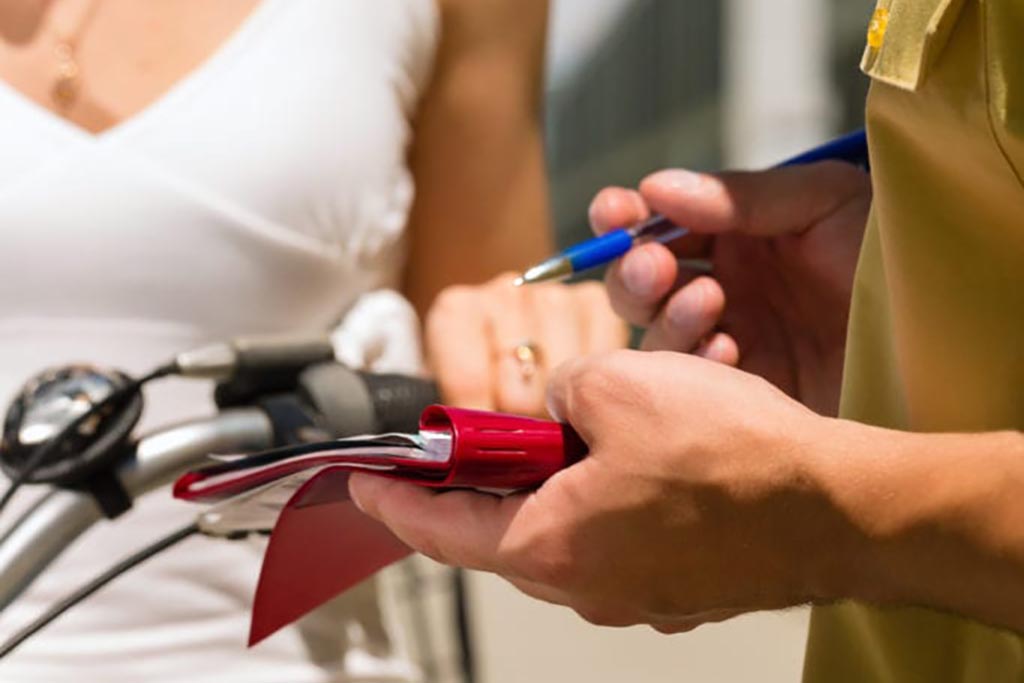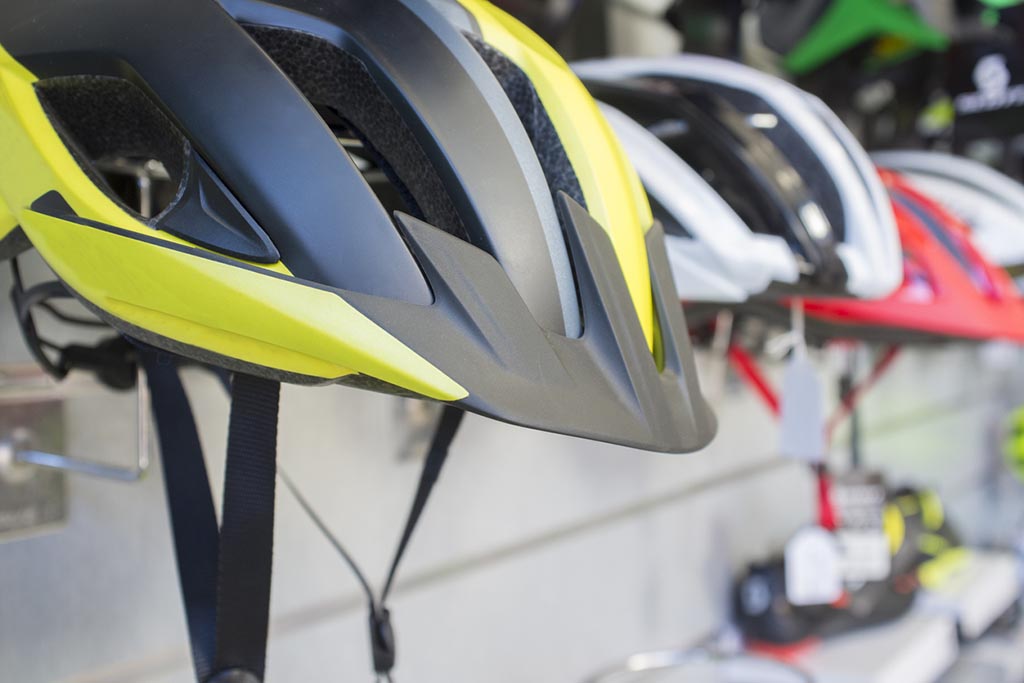New California Law
California Highway Patrol has always been advocates for the safety of all forms of transportation, for all ages. Yet, they are now making efforts to increase the safety for children. While those of any age should be riding safely, there is a new law designated for those under the age of 18. This new California law (AB-3077) provides all law enforcement with the ability to write a “fix-it-ticket” to those under 18 who doesn’t wear a helmet while riding a bicycle, skateboard or skates.
Fix-it-Tickets
The fix-it-tickets designed to encourage minors and their guardians to get a safety helmet – within a reasonable amount of time. “Fix-it-tickets” are unique because they are arranged to be correctable. This “fix-it-ticket” is correctable if the minor gets a helmet and completes a bicycle safety course within 120 days of that ticket being issued. The violation of this is an infraction punishable with a fine of up to $25. This does also fall onto the parent or legal guardian of the minor. This provision is jointly liable.
The helmet must be within safety standards meaning it is the correct size for the child’s age and head size. It should fit snug to provide safety in the occurrence of a fall or other accident. Bicycle safety courses that can be completed are very informative about bike safety for all ages.
Bicycle Safety
When laws like this arise, it is only done for the protection of the minor. These laws work to keep everyone safe on the road together. Often times kids (and adults too) might not feel a helmet is necessary. Helmets protect from traumatic brain injury during an accident. Serious brain injury can occur even when traveling at low speeds. Along with increased safety, there is another positive note about laws like this arising – Highway Patrol and other law enforcement agencies are recognizing the significance of all forms of transportation.
Feel free to contact The Bicycle Lawyer about California laws and bicycling.






